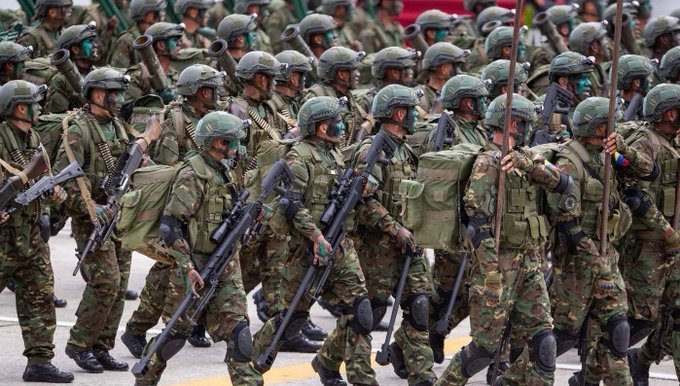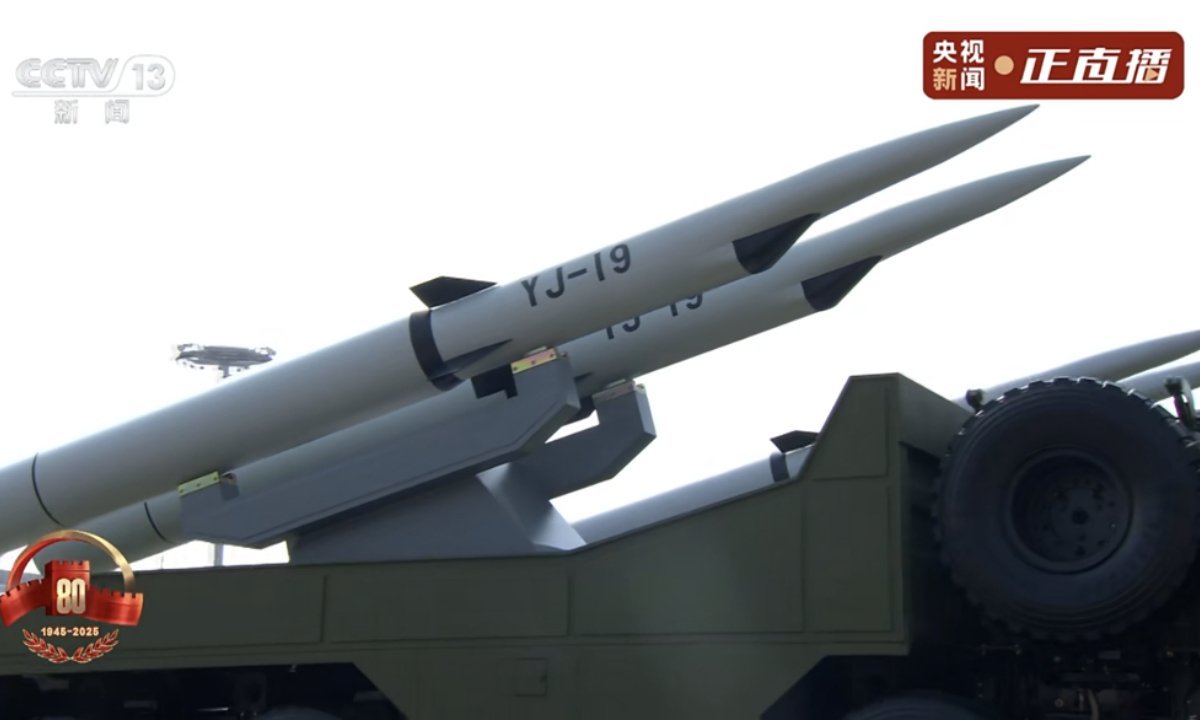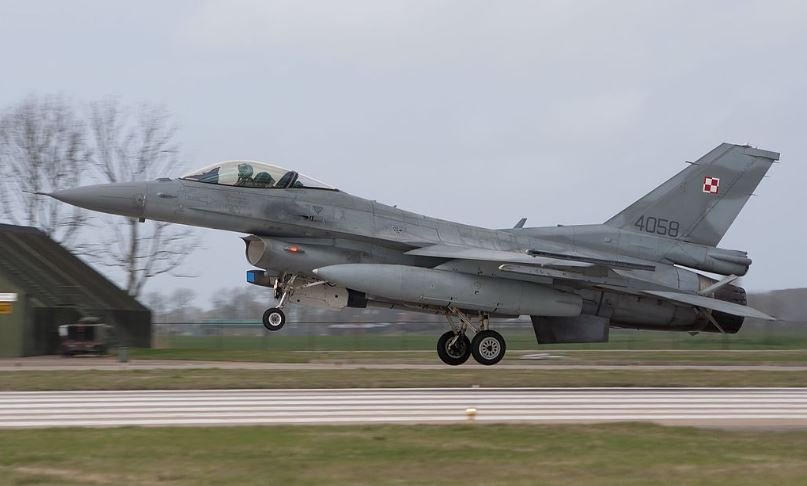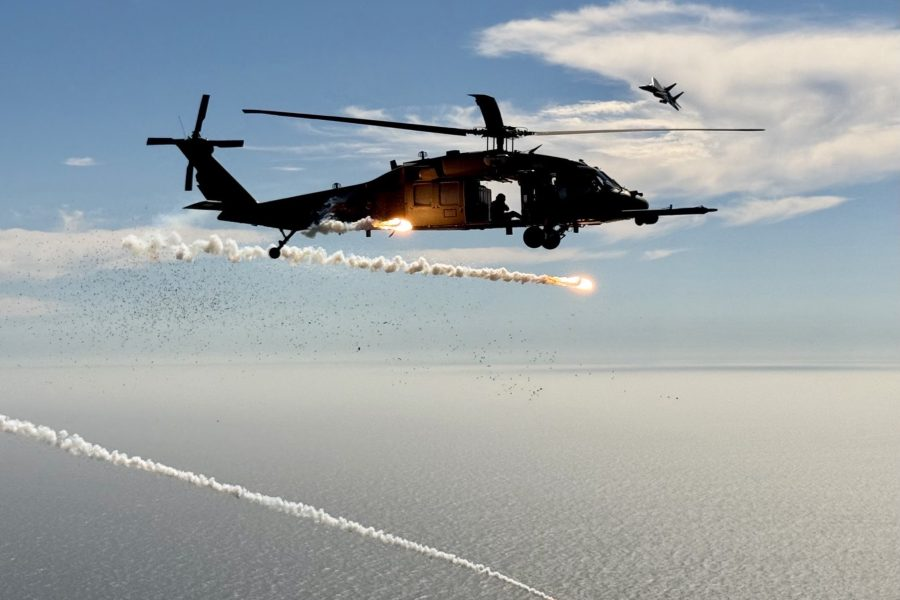
Hungary sold Mig-29 to Serbia
Hungary, March 6, 2025 – The news was first reported by the Serbian military aviation portal Tango Six, which spoke with the Serbian Ministry of Defense State Secretary/Deputy Minister of Defense for Material Resources Nenad Miloradovidović. From there, the news spread to the Balkans and Hungary, where it was picked up by Magyar Nemzet and the English-language portal hungarytoday.hu.
The Serbian portal stated that the fifteenth MiG-29 has been serving in Serbia since the summer of 2024, stating that it is a former Hungarian Air Force fighter in the 9.12B version, the same as the original “twenty-nines” of the Yugoslav Air Force and Air Defense (PVO) (which operated as a union of Serbia and Montenegro in 1992-2003). However, the aircraft will most likely be used for cannibalization as a donor of parts. The aircraft is striking in that it is painted in a special Hungarian commemorative color pattern. As Miloradovic said, the delivery of the aircraft is part of military cooperation between the two countries:
“Within the framework of the already very good cooperation with Hungary, we have done a good job, in our opinion. We have acquired a large amount of various equipment, including aviation equipment, under very favorable conditions. The one aircraft mentioned is a smaller part of the aforementioned procurement. You will soon see whether there will be more aircraft in particular.”
Miloradović also reiterated that the transition to maintenance of modernized MiG-29SM+ aircraft according to their condition may, as he stated more precisely, allow some of these aircraft (depending on the age of the particular aircraft) with additional modifications to serve in the Serbian Air Force and Air Defense even after 2030.
The announcement, as well as the conclusion of a specific agreement on the procurement of weapons and military equipment from Hungary, took place in January last year. After Serbian President Aleksandar Vučić announced that armored vehicles were being procured, two weeks later the top brass of the Air Force and Air Defense were also present in the high political and military delegation, which indicated that the package would also include equipment for this type of troops.
In addition, the then Minister of Defense Miloš Vučevič stated that something concrete and useful for the Air Force and Air Defense would be procured. Based on the composition of the Serbian delegation, it could be assumed that spare parts for MiG-29 fighter jets could also be involved, which Miloradovic has now confirmed.
The BTR-80A armored personnel carriers purchased from Hungary were first seen at the “Fire Strike 2024” military exercise, while the premiere of these vehicles before the general public was at the “Vlajka 2024” exhibition, when there were as many as 32 of them at the Batajnica airport. How many of them will be delivered has not been officially announced. Unofficially, there was talk of 50-100 transporters, which, given their heavy weapons, can also be classified as infantry fighting vehicles.
As for the Hungarian MiG-29s, Tango Six monitored Hungary’s efforts to sell them from 2010 to 2018. Serbia was also interested in purchasing them at the time. Hungary operated 28 MiG-29s (22 single-seat MiG-29Bs and 6 two-seat MiG-29UBs). The aircraft were delivered in 1993 and the last one was withdrawn from operational use at the end of 2010. Hungarian media also recalled the history of its air force and indicated that the aircraft served in the Dongó squadron. In 2001, Hungary signed a contract to lease Swedish JAS-39 Gripen fighters. Their number should be increased to 18.
(1196) Serbian MiG-29 fighter jets were spotted near the administrative border of Kosovo – YouTube
Combining these reports, it was later concluded that Serbia had in fact received a “White 11” that had served its term at Kecskemét Air Base between 2008 and 2010 and had the original paint job for the 70th anniversary of the Hungarian Air Force.
Serbia’s renewed push to acquire Hungarian preserved MiGs comes at a time of severe parts shortages plaguing its own MiG-29 fighter fleet. This has been caused by European Union sanctions against Russia, which have limited Serbia’s ability to maintain the Soviet-built aircraft in service, most of which were second-hand acquisitions from Russia and Belarus.
The Serbian MiG-29 has been monitoring the border with Kosovo. Serbia needs to keep at least a dozen of the aircraft in the air. The “White Eleven” is unlikely to be the last MiG-29 that Serbia will be interested in.
“We can’t import almost anything from Russia anymore — at least not anything for military purposes,” Serbian President Aleksandar Vučić noted in the spring of 2023. Belgrade has been trying to find alternative suppliers, turning to Hungary. Serbia has also agreed to buy 12 Rafale fighter jets from the French company Dassault Aviation for $3 billion. The first aircraft are due to arrive in 2028.
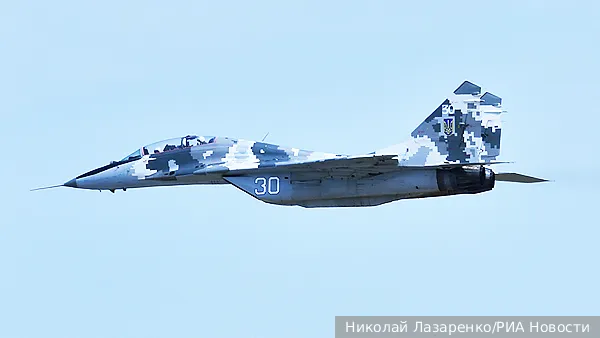
Max Bach





